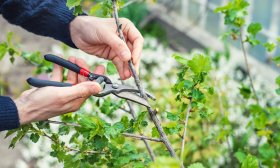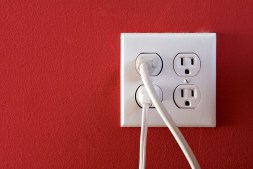Essential Fall Planting Guide for Growing Vegetables and Bulbs Successfully

Fall is a fantastic season to prepare your garden for a bountiful harvest and vibrant blooms in the coming months. With cooler temperatures and increased moisture, planting vegetables and bulbs during fall sets the stage for strong growth and beautiful results. This guide will walk you through the essential steps to successfully plant vegetables and bulbs in the fall, ensuring your garden thrives.
Why Fall Planting Is Beneficial
Planting in fall offers several advantages. The soil remains warm from summer, encouraging root growth before winter dormancy. Cooler air temperatures reduce stress on young plants, leading to healthier development. Additionally, fall rains help keep soil moist without excessive watering from you. For bulbs, this period allows them to establish roots deeply so they can burst into bloom when spring arrives.
Selecting the Right Vegetables for Fall Planting
Not all vegetables thrive when planted in fall, so it’s important to choose varieties suited for cooler weather and shorter days. Some excellent options include leafy greens like kale, spinach, and lettuce; root vegetables such as carrots, beets, radishes; brassicas like broccoli and cauliflower; as well as garlic which is typically planted in late fall to overwinter.
Choosing Bulbs for a Stunning Spring Garden
Fall is prime time to plant spring-flowering bulbs including tulips, daffodils, crocuses, hyacinths, and alliums. These bulbs require a cold period underground that stimulates flowering once warmer weather returns. Ensure you purchase healthy bulbs free of mold or damage for best results.
Preparing Your Soil
Healthy soil is key to successful planting. Begin by clearing debris from your garden beds then test your soil’s pH if possible; most vegetables prefer slightly acidic to neutral soil (pH 6-7). Amend with organic matter such as compost or aged manure to improve fertility and drainage. For bulb planting spots specifically ensure loose soil so roots can easily penetrate.
Planting Tips for Vegetables and Bulbs
When planting vegetables from seeds or transplants in fall, follow spacing guidelines on seed packets or plant tags carefully—crowded plants can lead to disease problems. Water thoroughly after planting but avoid waterlogging the soil. For bulbs: plant at a depth about two to three times their size with pointed ends facing up; group them together if desired for more impactful displays later.
With thoughtful selection of plants suited for cool weather along with proper preparation techniques outlined here, your fall garden will set itself up beautifully both now and into next year’s growing seasons. Embrace this opportunity—happy gardening.
This text was generated using a large language model, and select text has been reviewed and moderated for purposes such as readability.











